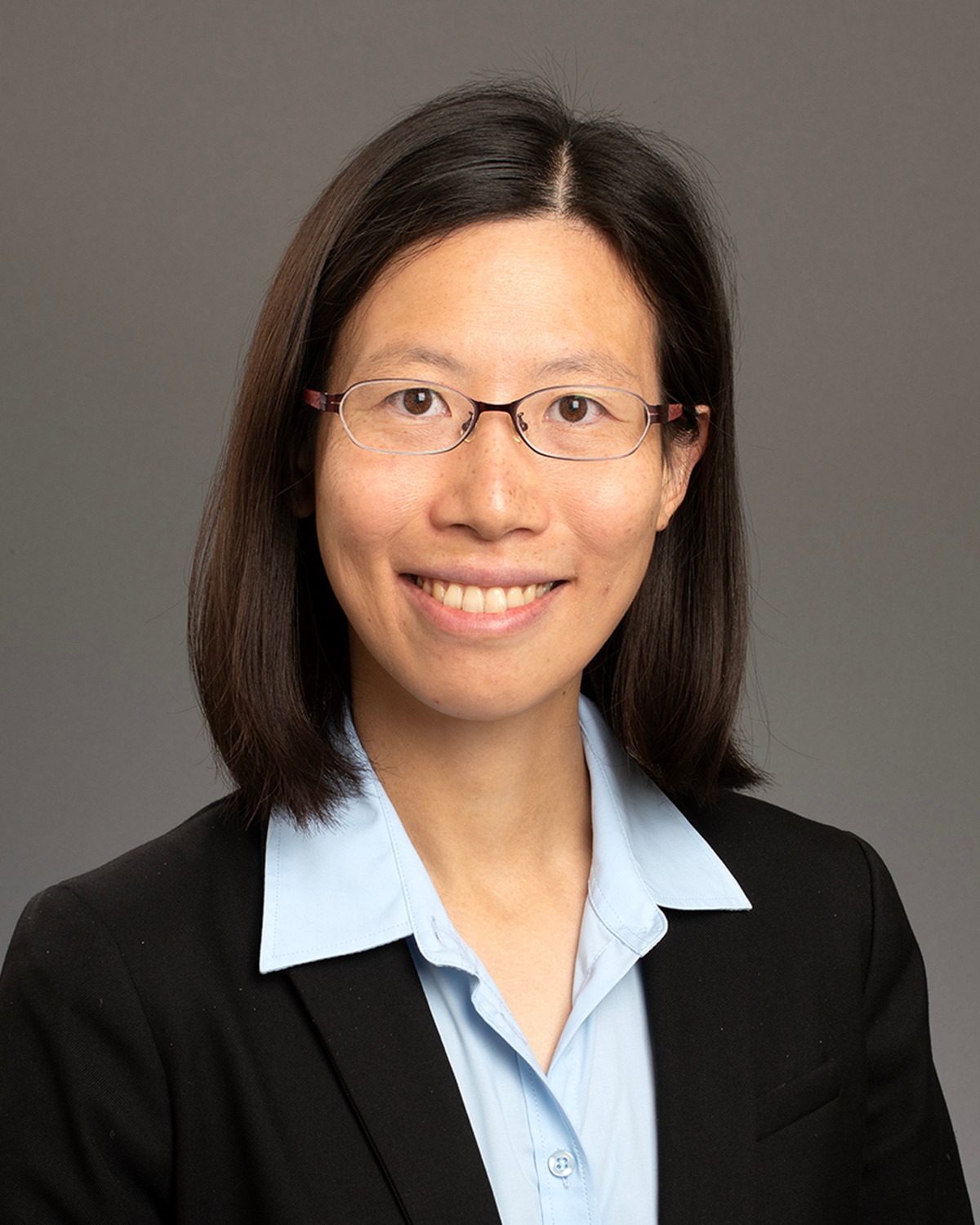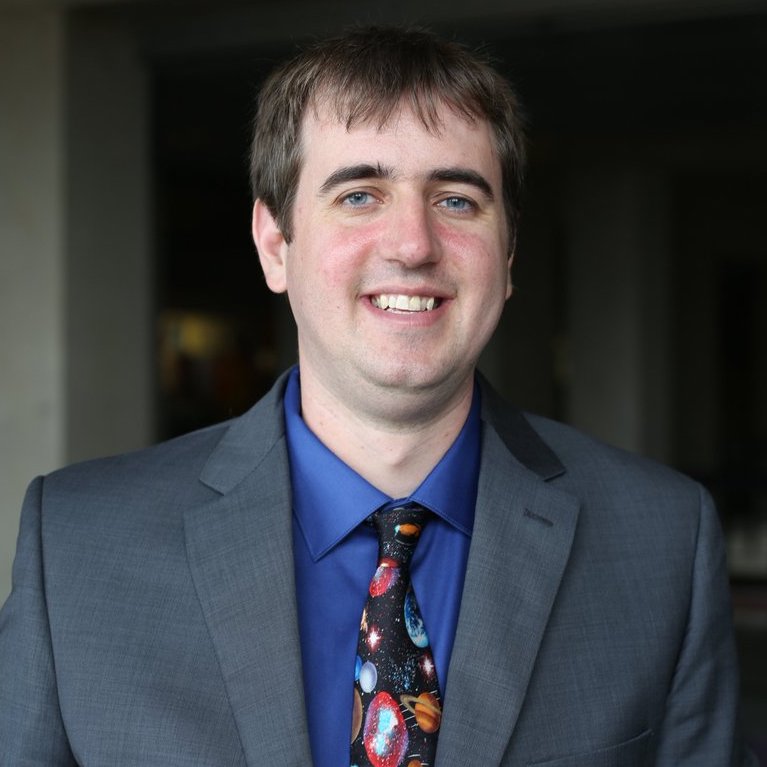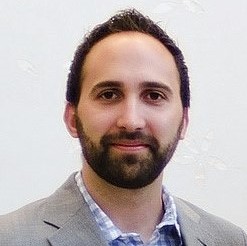Research in Physics
The SMU Department of Physics is concentrated on understanding the universe at its smallest and largest scales through experimental and theoretical collider physics, cosmology and astrophysics.
Experimental High Energy Collider Physics Group
Our department actively pursues both experimental and theoretical high-energy physics to understand the structure of matter, the fundamental laws governing it, and the search for new constituents of the universe. Our primary experimental work centers on the ATLAS Experiment at the Large Hadron Collider (LHC), located at the CERN Laboratory in Geneva, Switzerland. Experimental research is conducted both at SMU, leveraging a massive worldwide computing grid and high-performance computing resources, and directly at CERN, where graduate students and postdoctoral fellows are often stationed. Using proton collisions at 13 Tev, we search for evidence of new particles or unexpected properties in known particles. We contributed significantly to the discovery of the Higgs boson in 2012 and maintain an active program to unlock its secrets. Furthermore, we are involved in technology development for both current and future detector phases, focusing on the trigger and calorimeter subsystems. These combined approaches are essential to fully map out the nature of matter and the fundamental forces that shape our universe.
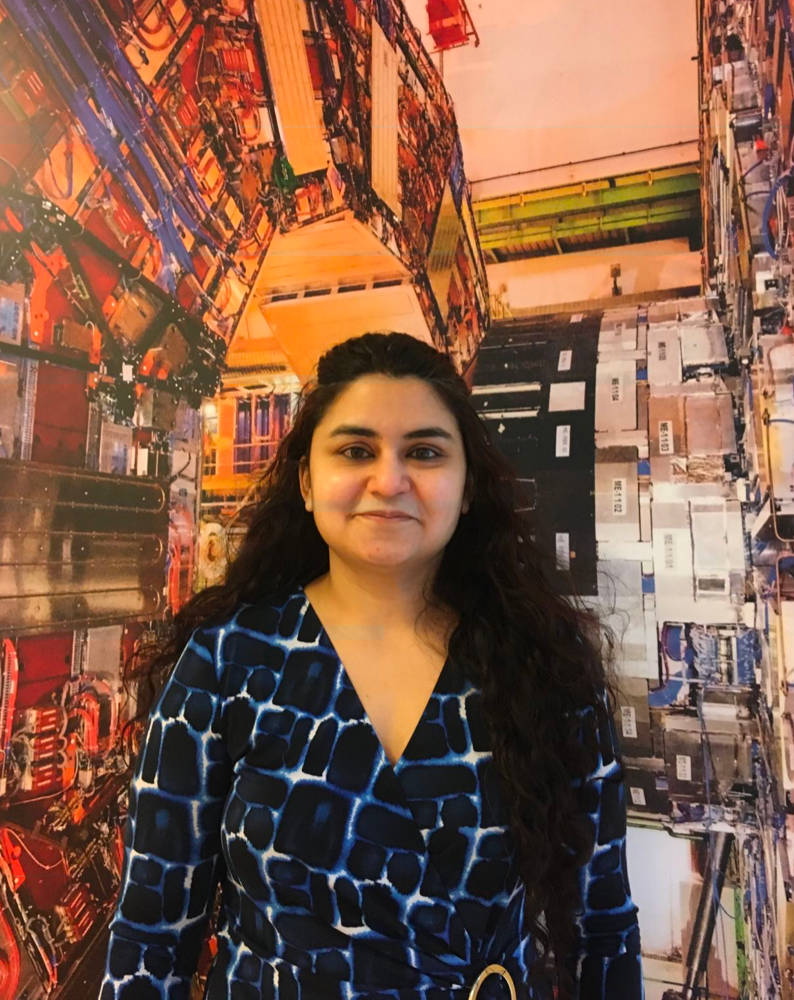
[More Info]
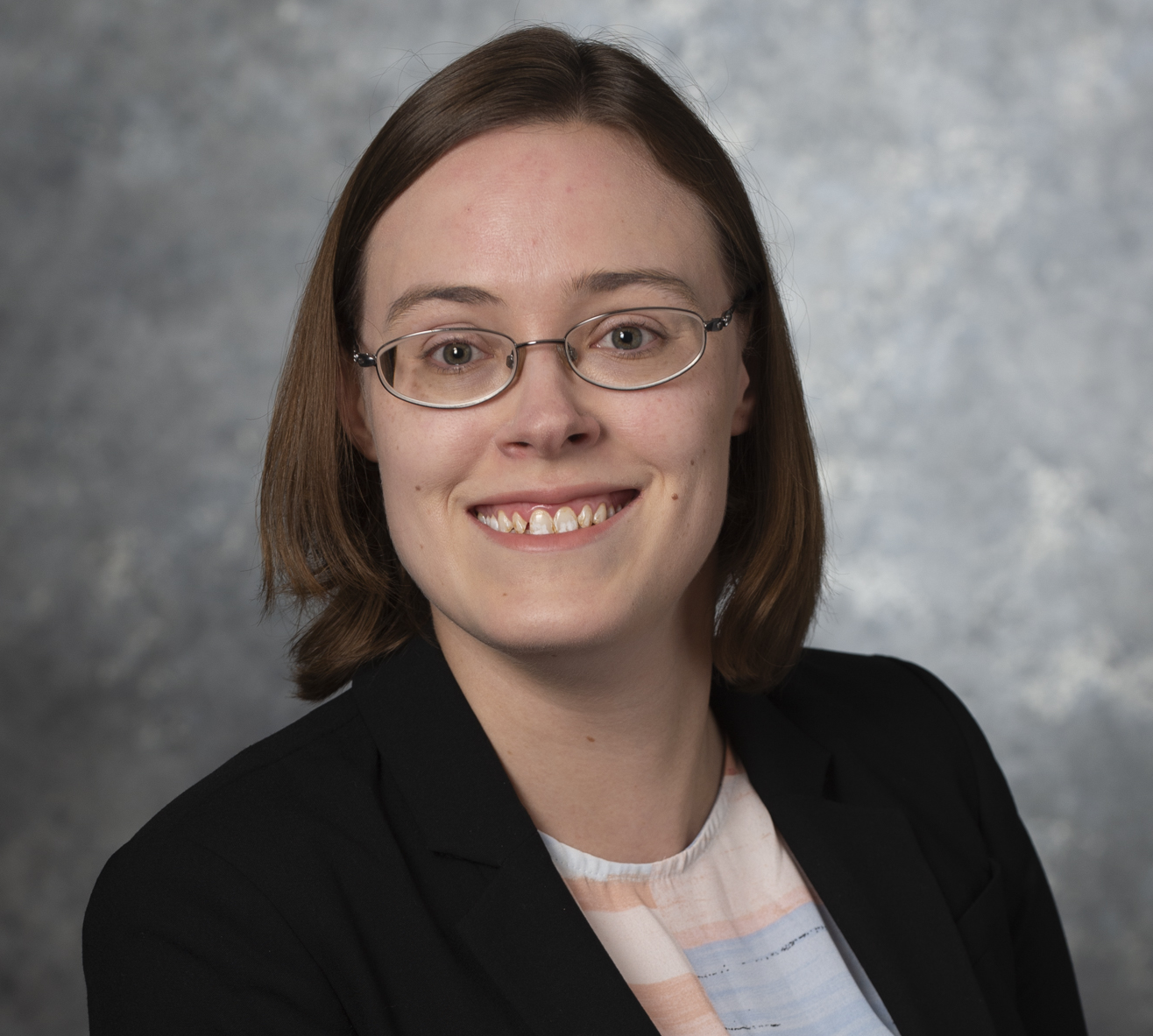
[More Info]

[More Info]
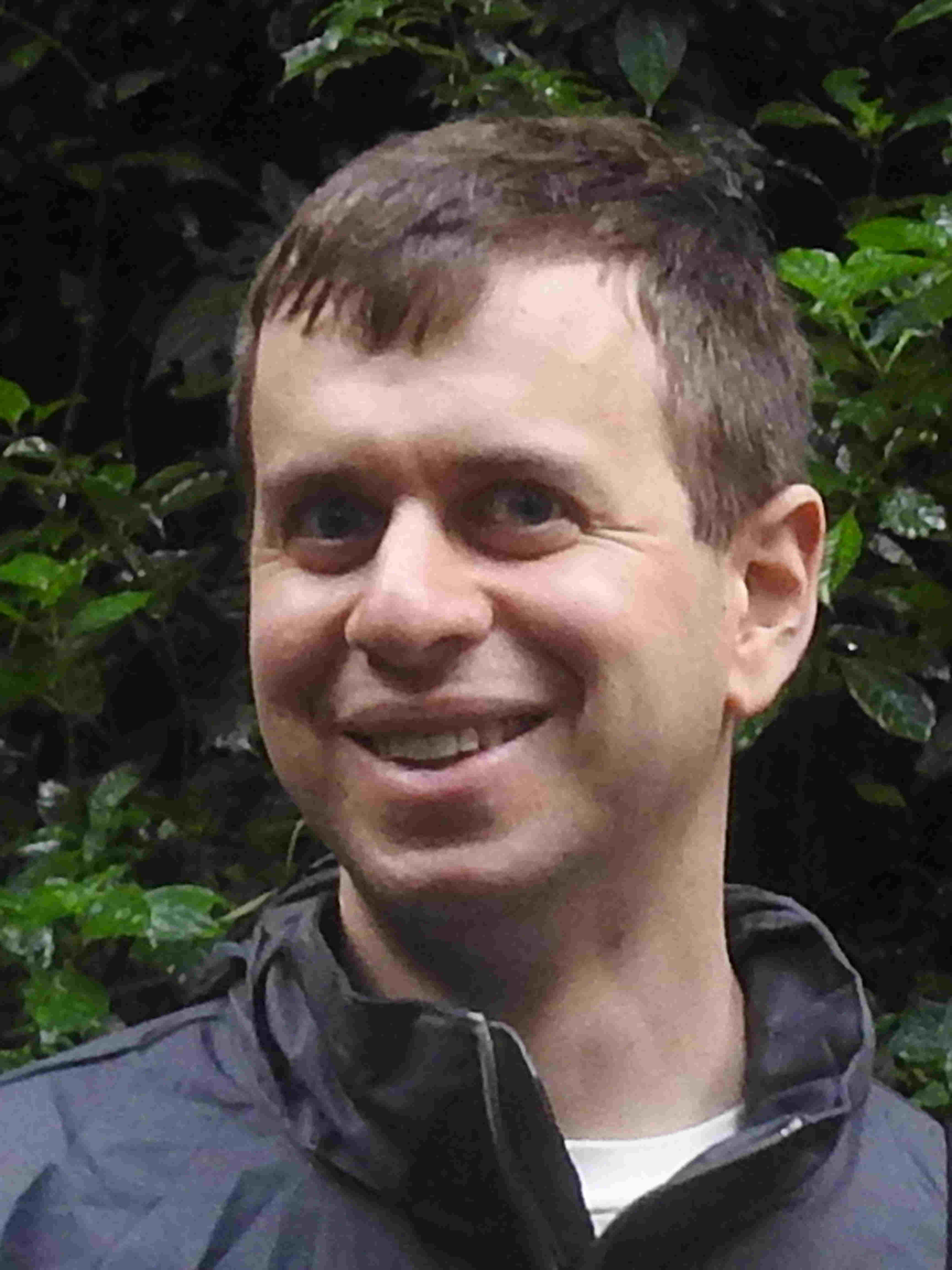
[More Info]

[More Info]

[More Info]
Observational Cosmology and Astrophysics Group
At the largest scales, the universe exhibits a profoundly delicate and dynamic structure. In our Observational Cosmology and Astrophysics group, we study this structure and its dynamics to reveal the underlying, fundamental physical processes that create and drive them, such as dark energy, dark matter and gravitation. We do this primarily with measurement and modeling of galaxies across the universe. Professor Robert Kehoe leads a group that utilizes the Dark Energy Spectroscopic Instrument (DESI) to study high redshift galaxies and quasars. DESI is a next-generation galaxy survey that utilizes a massive array of robotically controlled optical fibers to study the evolution of the large scale structure of the universe. The SMU group models galaxies and quasars in this cosmic structure and seeks to extract cosmological measurements from the data. Professor Heidi Wu leads a group that uses clusters of galaxies and gravitational lensing to study the growth of cosmic structure and the nature of dark energy. She analyzes data from the Dark Energy Survey and developers theories and simulations for upcoming observations with the Vera Rubin Observatory (VRO) and the Nancy G. Roman Space Telescope
In addition, we also pursue an observational program in supernova and stellar astrophysics that is also directed toward measurements of cosmic distance, cosmic expansion and tests of theories of gravitation. We utilize supernovae to measure cosmic expansion in the nearby universe, and we pursue an R&D program to develop new technologies for follow up instruments for supernova cosmology with the VRO.”
Theoretical Cosmology/Astrophysics Group at SMU
The Fingerprints of the Beginning of Time: 380,000 years after the beginning of time, the universe became transparent to light; that light streamed through the universe, imprinted with its last interactions with matter. The early universe has left indelible fingerprints on that light. Today, this afterglow of the Big Bang known as the Cosmic Microwave Background (CMB) can only be seen with the aid of special instruments. The theoretical cosmology group at SMU works to understand the structure of the universe, then and now, and the CMB is a key ingredient in modeling the composition of the cosmos. At SMU, we are working to find ways to best utilize the data acquired from cosmological observations in order to maximize the impact of cosmological experiments on fundamental physics. Near-future observations of the CMB and large-scale structure will achieve the sensitivity required to reach several important theoretical thresholds related to a variety of key subjects: light relics, neutrinos, and cosmic inflation. Prof. Joel Meyers works to make the most of these upcoming observations, including as a member of next generation CMB surveys like Simons Observatory.
Utilizing Every Photon: Galaxy surveys traditionally map the positions of individual galaxies that are detected at high significance, and this procedure necessarily discards information about galaxies that are below the detection threshold. Line intensity mapping is an emerging probe that relies on the emission from collections of galaxies, circumventing the need to discard information. Line intensity mapping surveys provide a new window into subjects ranging from the large-scale structure of the universe to the interstellar media of high-redshift galaxies. Prof. Patrick Breysse models signals for upcoming intensity mapping experiments, develops new analysis techniques to extract useful physics from them, and analyzes and interprets their data as it becomes available.
Theoretical nuclear physics
My research is in elementary particle physics phenomenology, at the interface between theory and experiment. Specifically, I study Quantum Chromodynamics (the fundamental force that binds nuclei) to help answer the questions: What are the fundamental building blocks of nature, and what holds them together? My work is supported in part by a DOE grant, and I have received continuous funding since 1992. I was awarded an TNRLC/SSC Fellowship, and am an active member of the CTEQ collaboration--a novel collaboration of theorists and experimentalists. I was elected an APS Fellow in 2005 for "For significant contributions to understanding nucleon structure and heavy quark production in perturbative quantum chromodynamics." In 2024 our work was selected by Physics World as a "Top 10 Breakthroughs of the Year in Physics."

[More Info]
Theoretical high-energy physics
The theoretical physics group led by Professor Tobias Neumann aims to gain novel insight into the fundamental laws of nature through precision calculations for particle collider programs like the High-Luminosity Large Hadron Collider (HL-LHC). The group’s research operates at the interface between the technical theory community and experimental analyses, breaking critical precision barriers that currently limit the potential for new discoveries. This work spans from developing methods for higher-order perturbative calculations relevant to experimental analyses to pioneering first-principles determinations of the proton's structure (PDFs) and other fundamental non-perturbative ingredients via matching calculations for lattice QCD. These efforts rely heavily on the use of large-scale numerical and computer algebra methods.
Professor Neumann is actively seeking motivated PhD students in theoretical high-energy physics. Learn more about his research and how to apply.
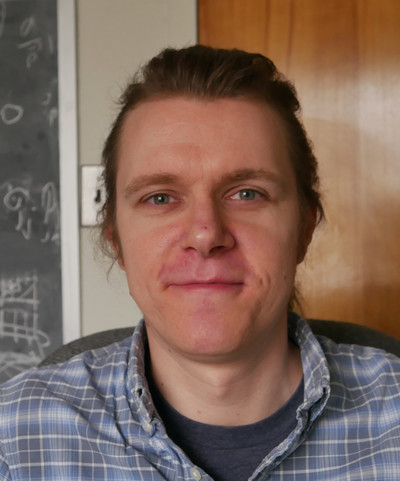
[More Info]
Into the Heart of the Ghost Particle
Neutrinos are everywhere. They pour from the Sun. They're emitted in radioactive decay here on earth. They shower down on us as cosmic rays slam into the atmosphere. They are cast out from the hearts of dying stars and the feeding frenzies of supermassive black holes at the centers of every galaxy in the universe. They are ghost particles, able to pass through a light-year length of Lead and barely suffer a collision with an atom. SMU is involved in a massive international effort to make beams of neutrinos, using facilities at the Fermi National Accelerator Laboratory, and study those beams using huge detectors. NOvA and DUNE are the present and future of this field in the U.S., and SMU is a part of their mission to measure all of the properties of the neutrino and to see if we can learn what they might teach us about the greatest mysteries of the cosmos. Do we truly know the origin on all fundamental mass in the universe? Do we understand the differences between matter and anti-matter that might help explain why the universe is so abundant in the former, and depleted of the latter?
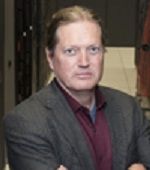
[More Info]
How to Train a Physicist
What is the most effective way to teach science? Answering this question itself requires a scientific approach and physicists have often taken the lead. Over the past 30 years, a great deal of progress has been made with the introduction of new teaching strategies like peer instruction, just-in-time teaching, cooperative problem solving, and modeling instruction which emerged from physics education research. Members of the department currently have interests in the effectiveness of science fairs - that is school science research projects - in teaching students about the nature of science early in their careers. We also use our own courses at SMU to experiment with new teaching strategies, collect, analyze, and publish data on the outcomes, collaborating with other SMU science departments and organizations like UT Southwestern Medical Center, the American Modeling Teachers Association, and QuarkNet. We have often engaged Ph.D. students in this effort, where they have led activities such as the development of software for laboratory instruction courses and spearheaded new course development, as in our Honors Physics class.
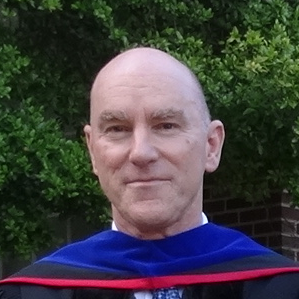
[More Info]
Learn More...
- High school science fair and research integrity, publshed in PLOS|ONE and co-authored by Simon Dalley.
- (SMU-HEP-19-10) SMU Honors Physics: A Teaching Manual by Jodi Cooley, Eric Godat, and Steve Sekula
- (SMU-HEP-19-07) SMU Introductory Physics: A Teaching Manual by Steve Sekula
